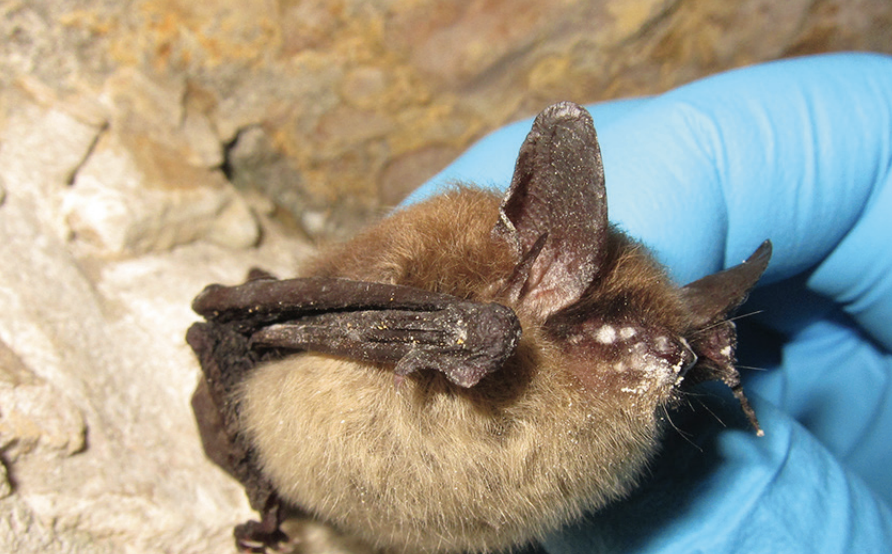
As part of our efforts to keep you connected, protected, and empowered, GFA wants to ensure landowners are aware of continued development in the reclassification of the northern long-eared bat as endangered. The effective date of this reclassification is March 31,2023, and the U.S. Fish and Wildlife Service (USFWS) has officially released its Interim Voluntary Guidance for the species regarding forest habitat modification.
- Background: The northern long-eared bat was listed as threatened in 2015, and faces extinction due to the impact of white-nose syndrome across its range, which includes parts of North Georgia. This species primarily winters in caves and abandoned mines, but during summer months, they will utilize a variety of forested habitats for roosting and feeding. As of November 29, 2022, the rule to reclassify the bat from threatened to endangered was published in the Federal Register and was originally scheduled to take effect on January 30. However, the USFWS has delayed the effective date for reclassification until March 31, 2023, to allow the agency time to review the new guidance and conservation tools and proactively work with stakeholders to address concerns regarding compliance in timber harvest, habitat management, and development projects within the species range.
- Current status: As assistance for forestry and infrastructure projects, the USFWS has developed guidelines and tools to streamline these processes under the Endangered Species Act. This voluntary guidance was released on March 6 and will serve in an interim capacity until the final guidance is released on April 1. This guidance document states that the established measures under the threatened classification are likely sufficient to mitigate the chance of a “take”; however, they have also laid out some additional measures that can help further reduce that risk.
- Additional Measures: The USFWS noted that in areas where the species may be present (suitable habitat), tree-clearing projects should retain as many dead snags as possible and limit the amount of tree removal. If the species presence is known or assumed in an area and the activity cannot be avoided during key life cycle time periods, the USFS recommends connecting with a local Ecological Services Field Office.
- Additional Resources: For a copy of the USFWS’s Voluntary Guidance document, please use this link. Additionally, more voluntary measures are laid out in Beneficial Forest Management Practices for WNS-affected Bats: Voluntary Guidance for Land Managers and Woodland Owners in the Eastern United States.
GFA will continue to monitor this issue and provide resources to landowners. If you have questions, please do not hesitate to contact Director of Membership & Grassroots Advocacy Tim Miller at tim@gfagrow.org for more information.


